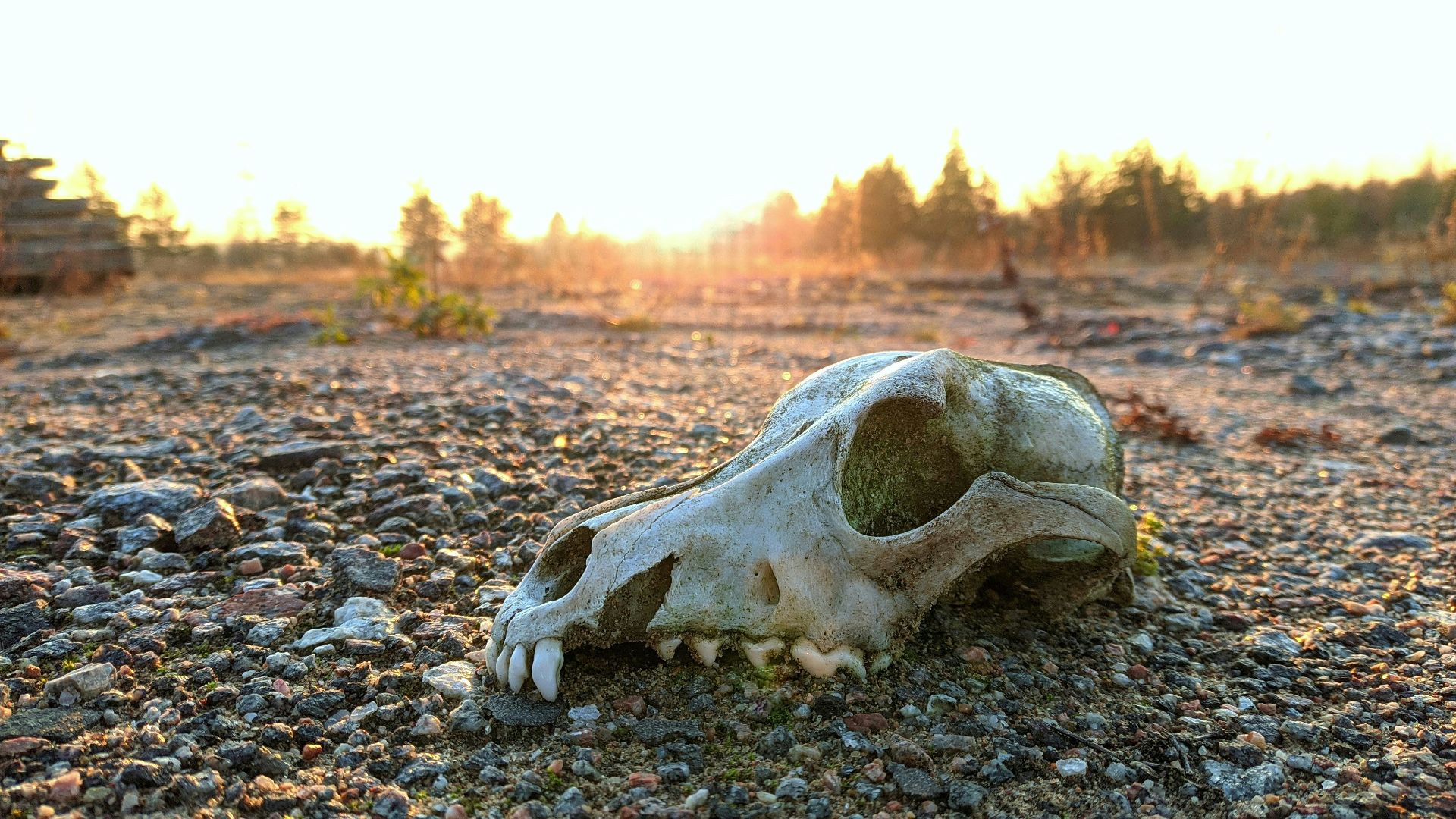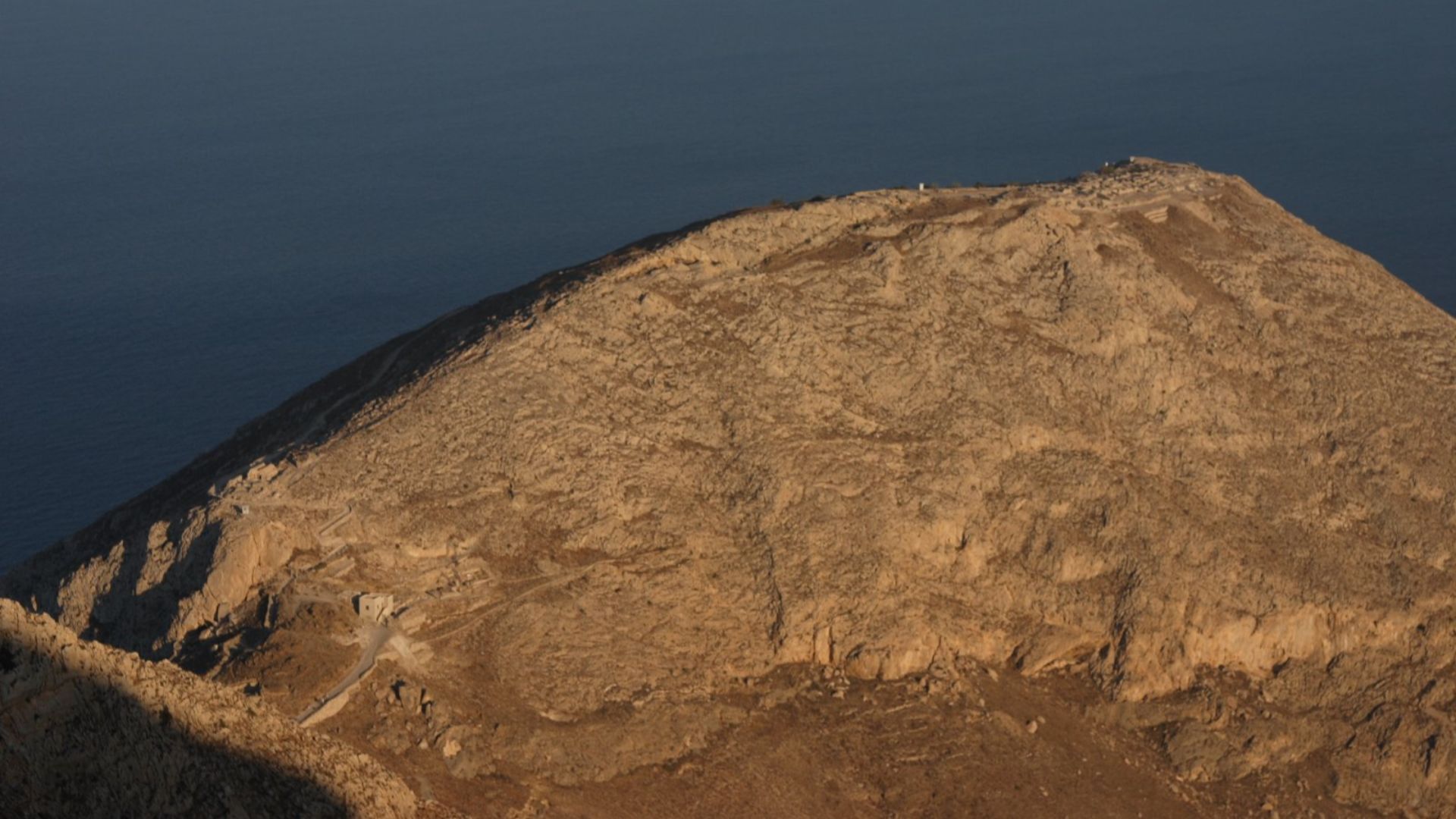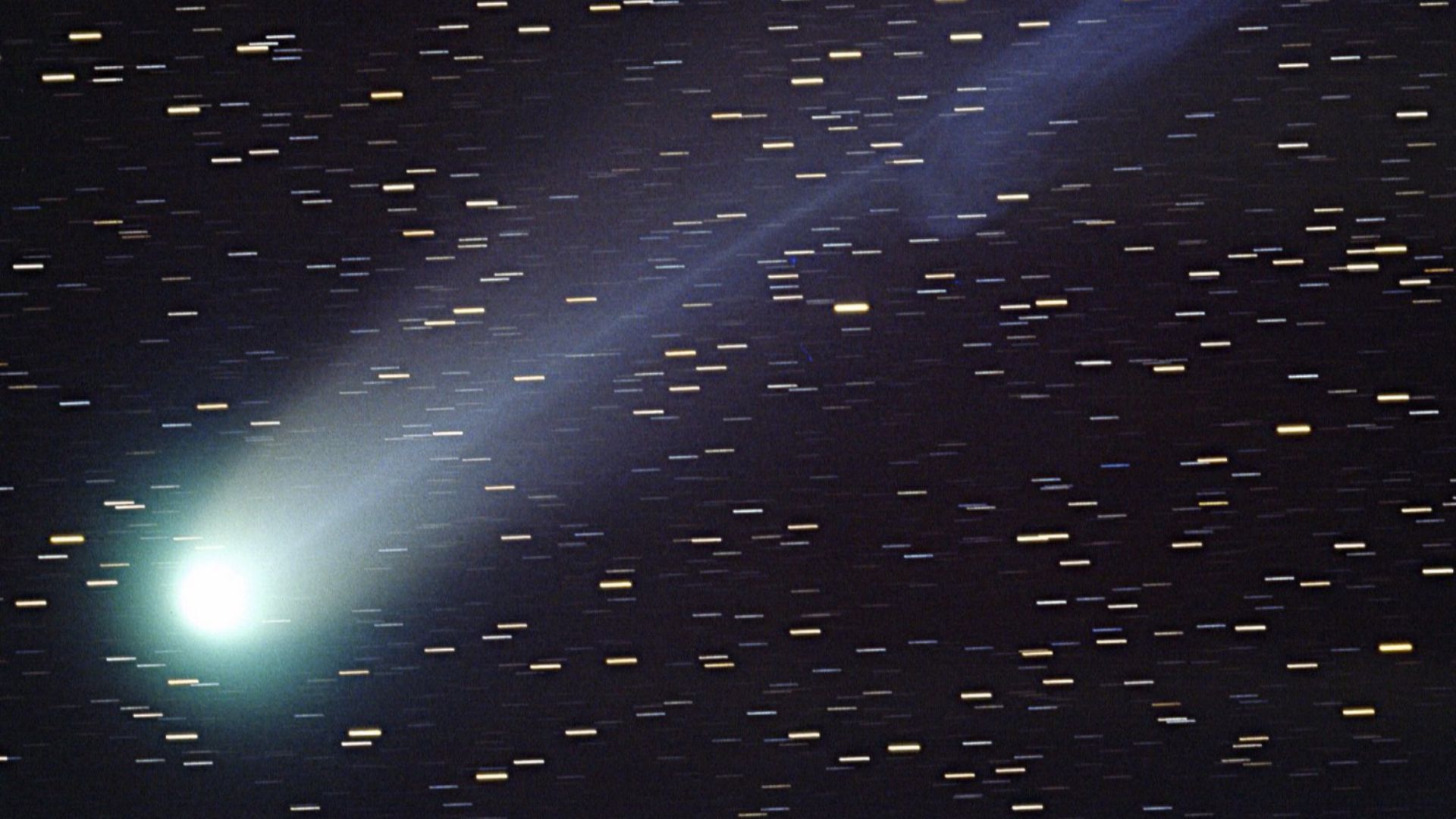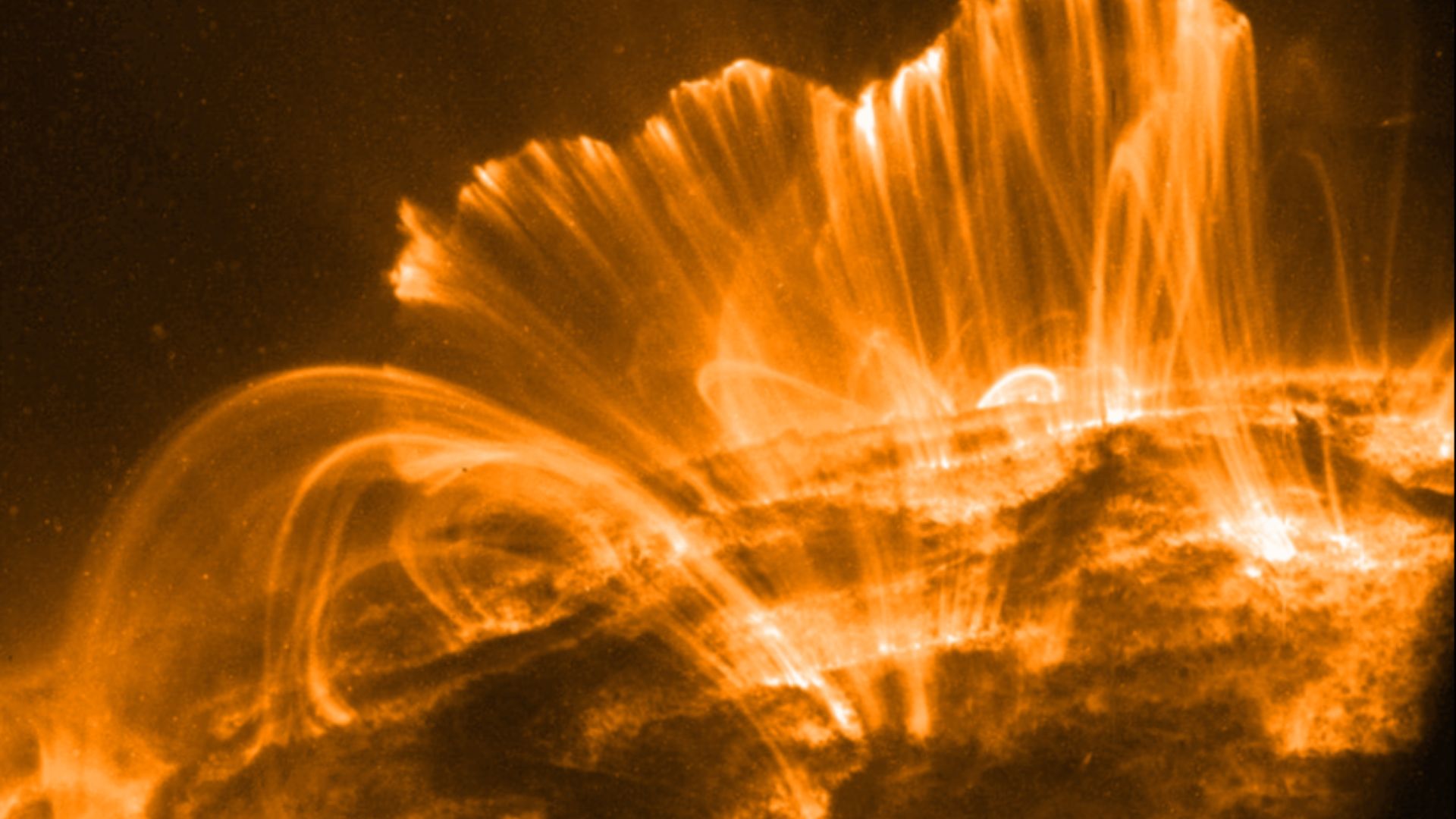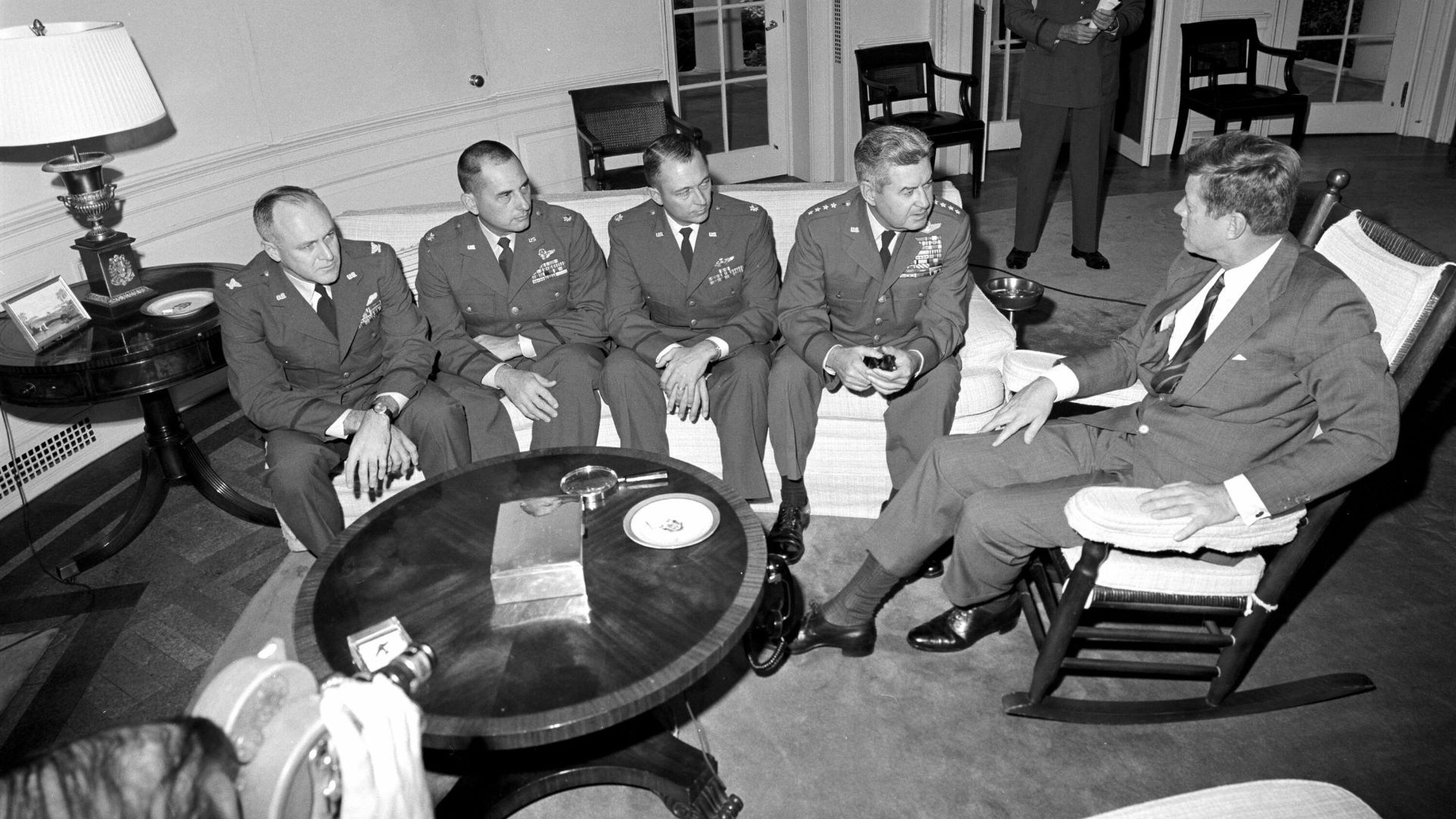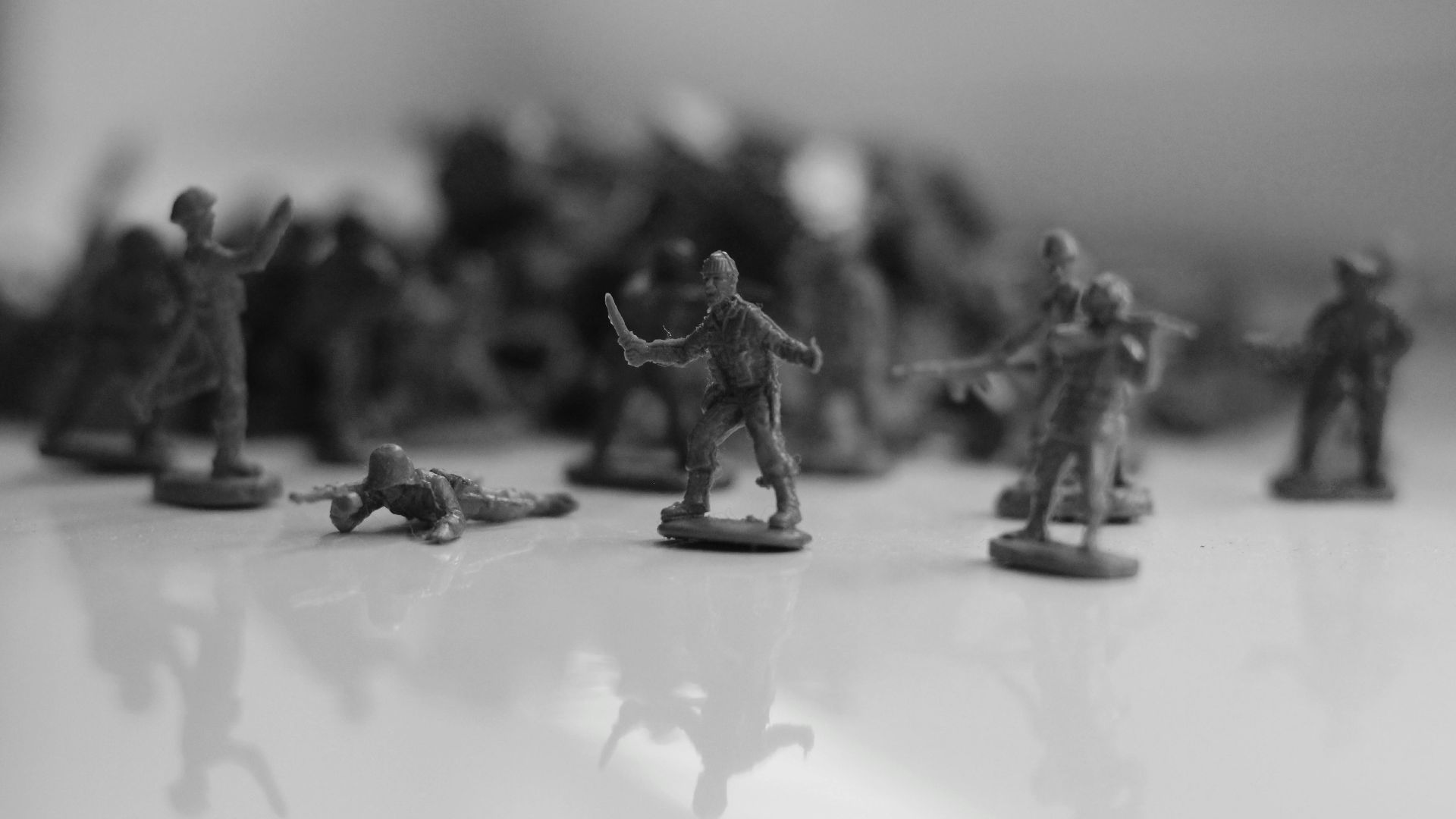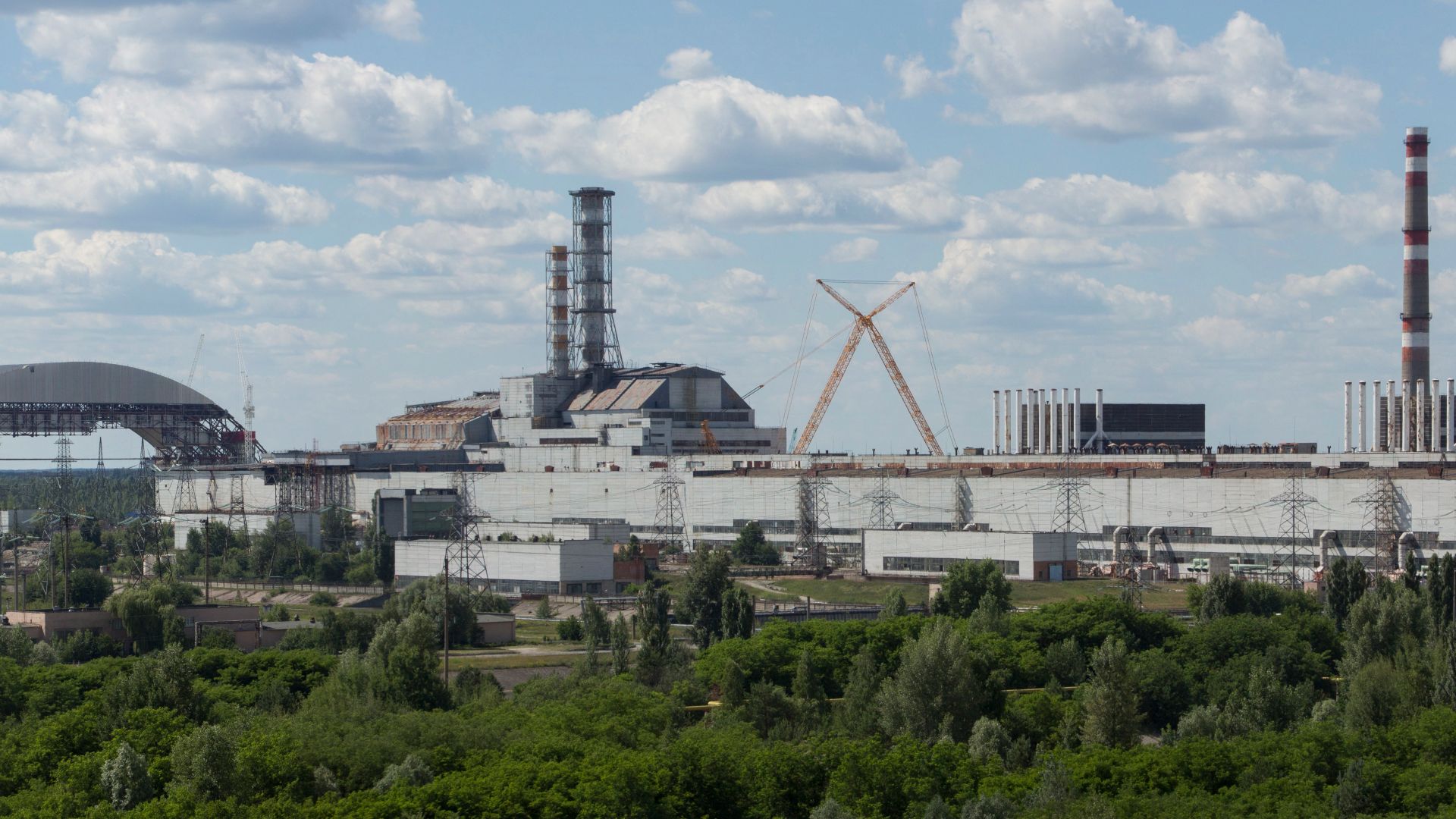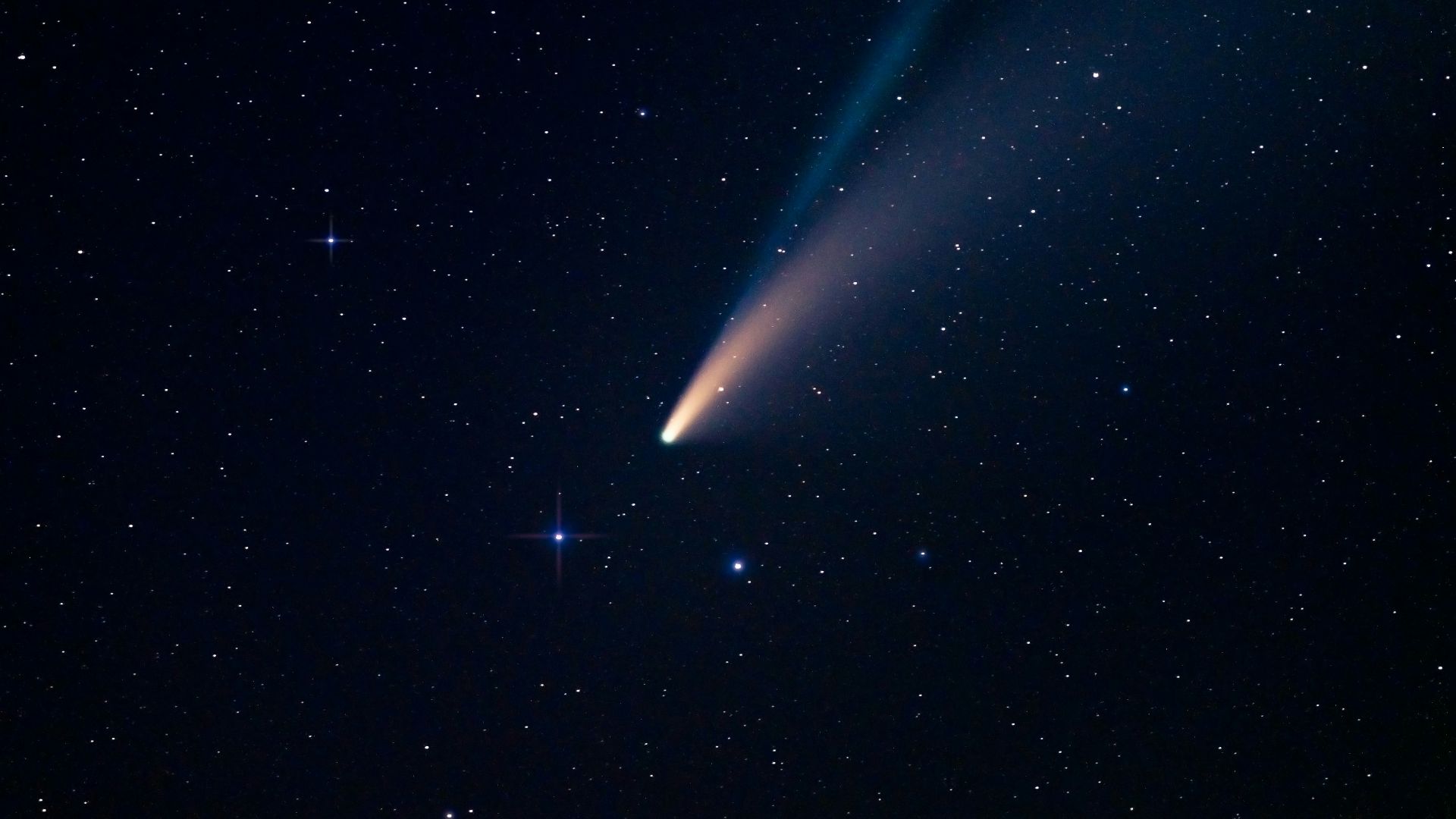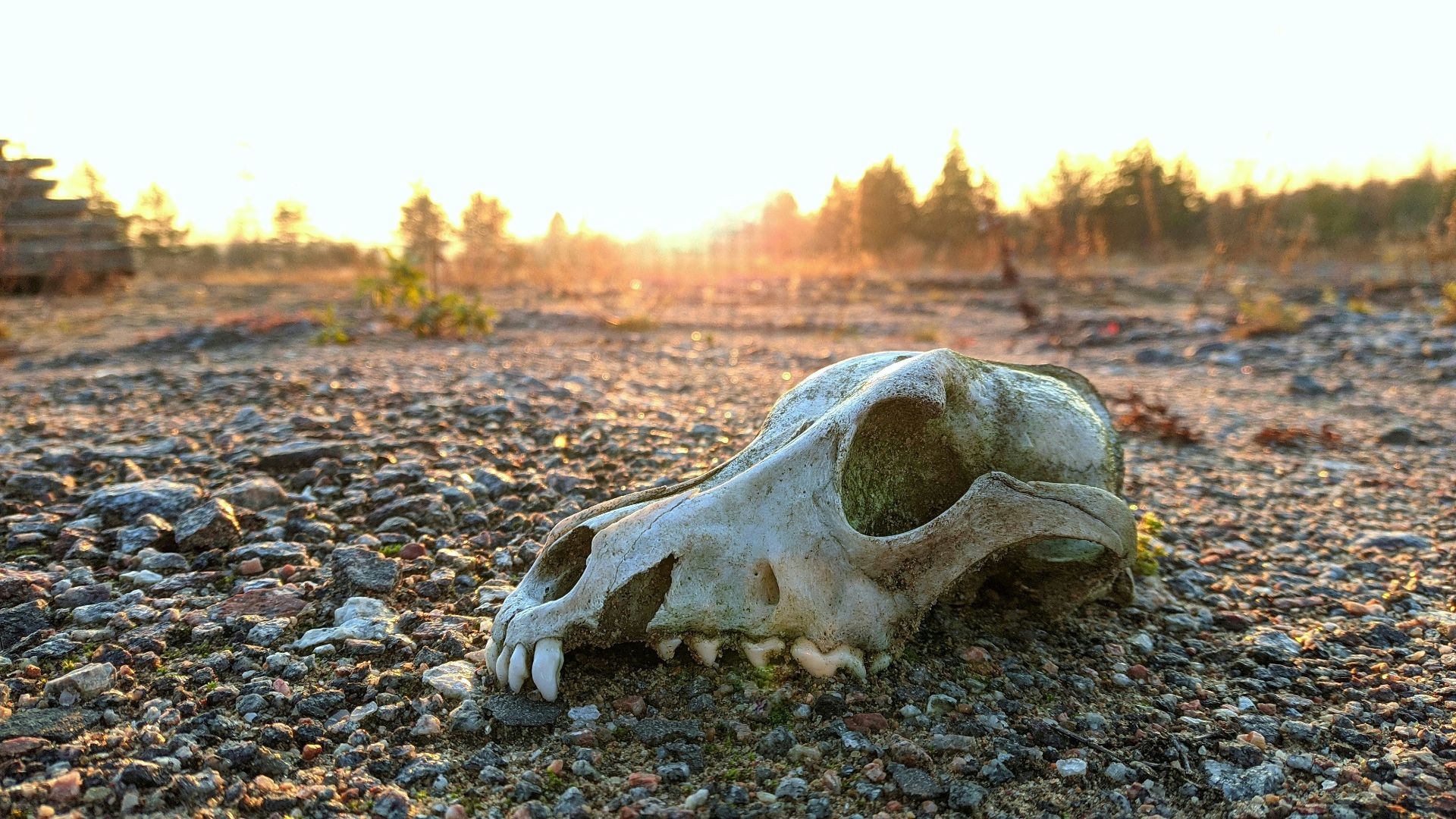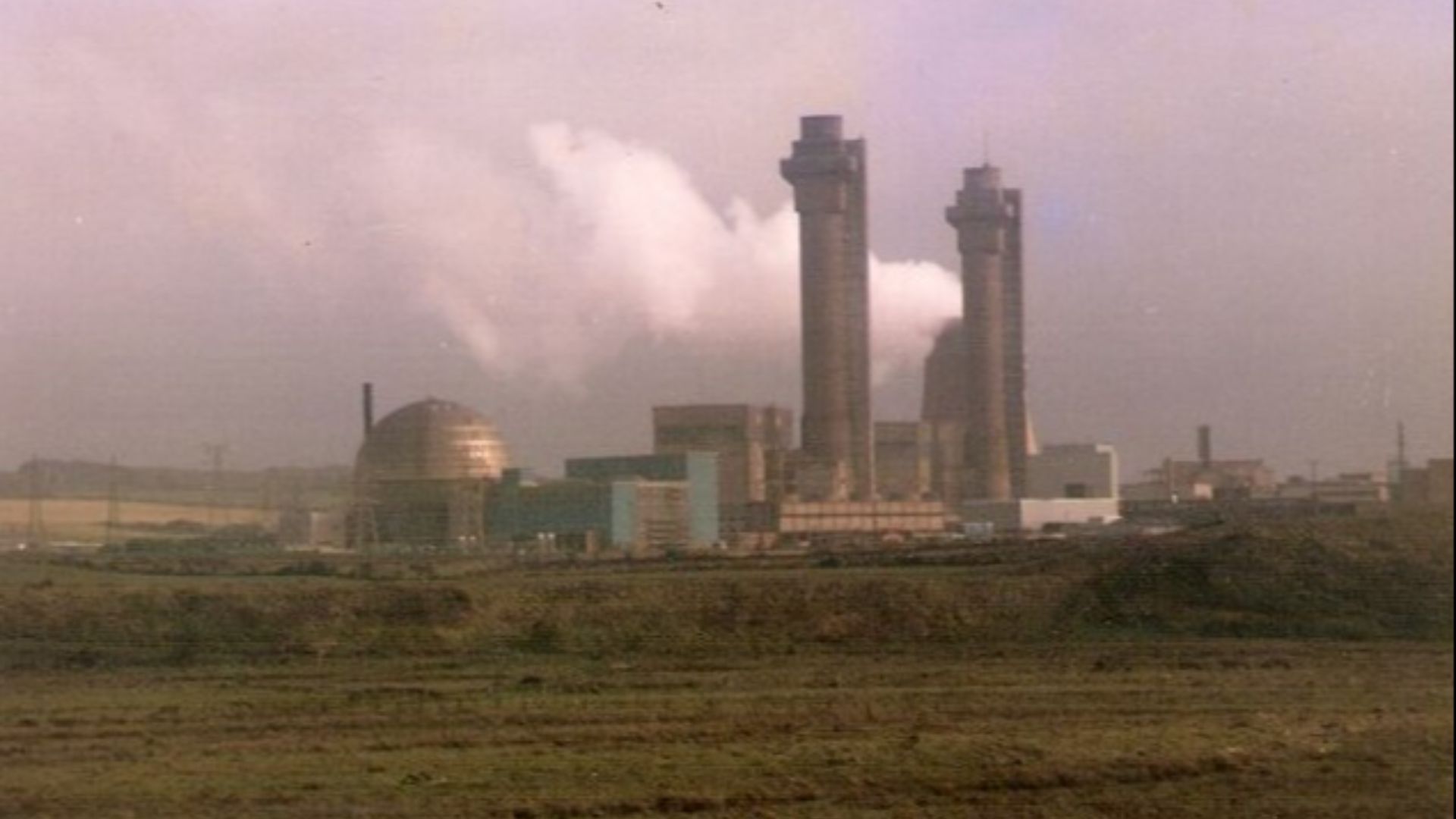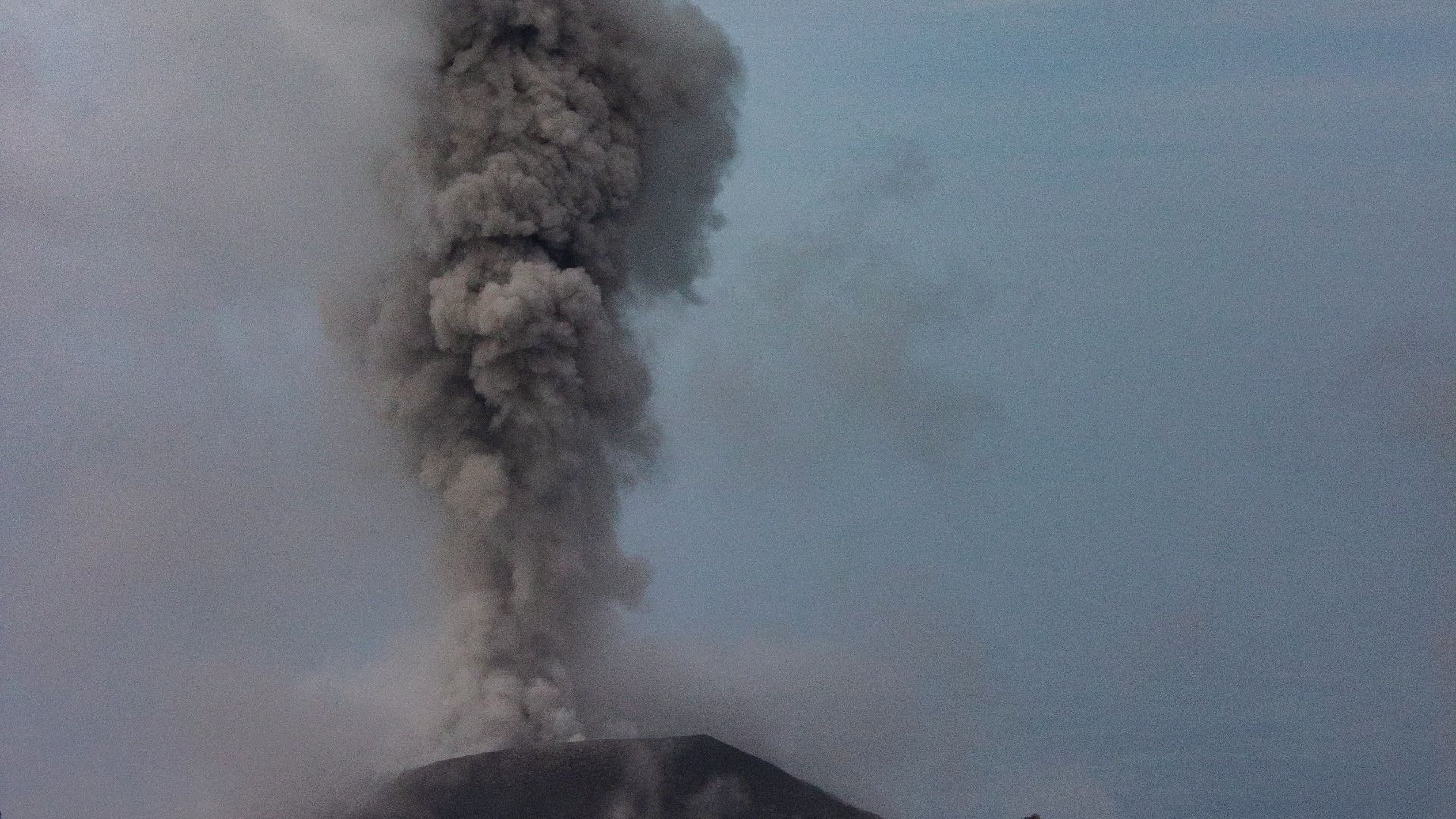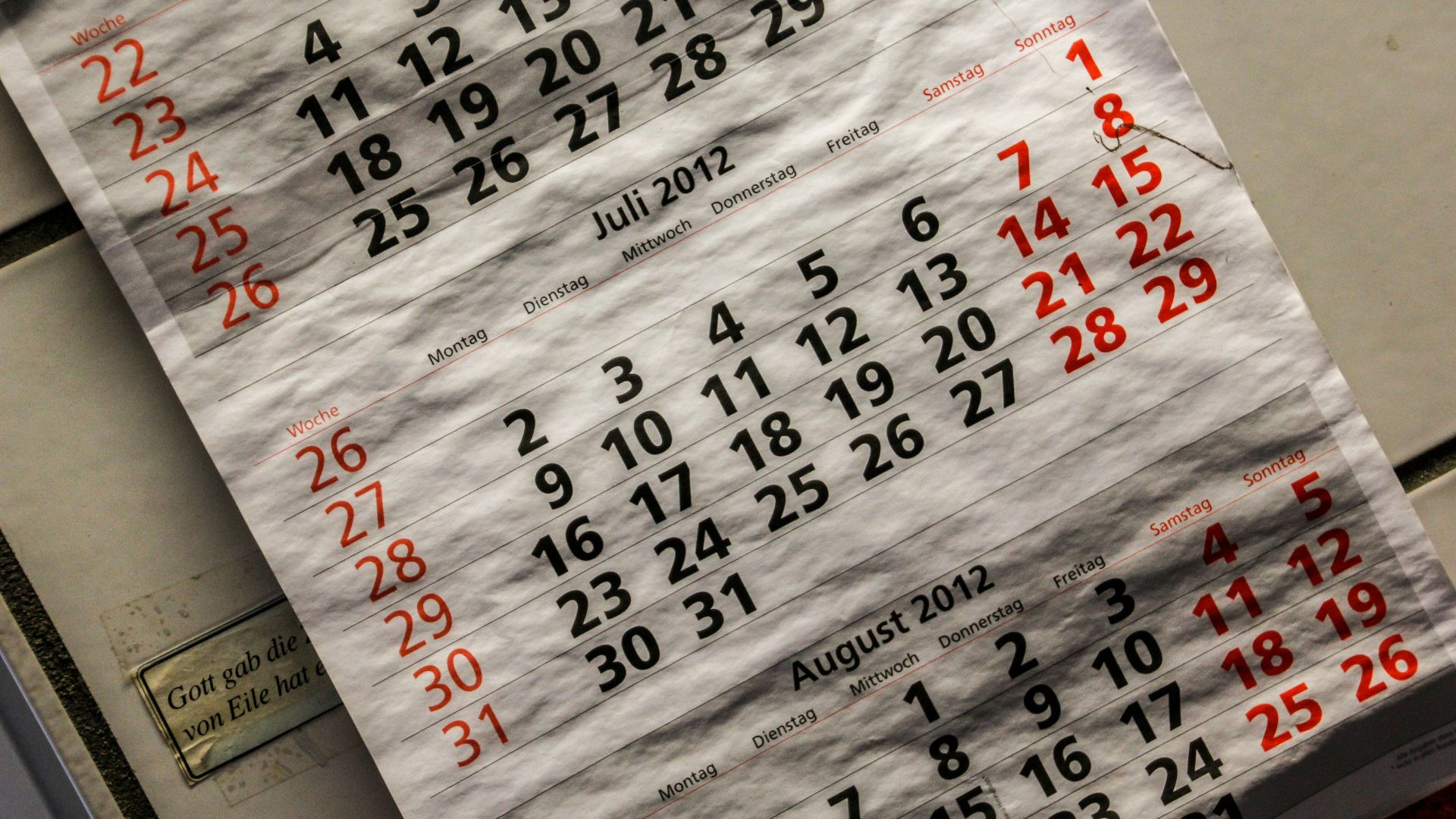Terrifying Close Calls in History
From the spread of the Spanish Flu to the Cuban Missile Crisis, there have been numerous moments when civilization as we know it nearly ended. You might be surprised at just how lucky we are to have made it this far, and that these events didn't cause mass extinction despite how close they came. It's a reminder of just how fragile life on Earth can be. Curious how close humanity came to disaster? Here are 20 times the world almost ended.
1. Eruption of Mount Thera
The eruption of Mount Thera in Greece—known today as Santorini—emitted a blast so powerful, geologists believe the blast was equivalent to hundreds of atomic bombs exploding in a fraction of a second. It wiped out the Minoan civilization and caused a large series of tsunamis that swallowed nearby islands.
2. The Spanish Flu
In 1918, the Spanish flu swept over mankind, infecting over 500 million people—nearly one-third of the world's total population at the time. Even now, it's still regarded as one of the deadliest natural disasters in history, and is estimated to have killed 50-100 million people.
 Otis Historical Archives, National Museum of Health and Medicine on Wikimedia
Otis Historical Archives, National Museum of Health and Medicine on Wikimedia
3. Comet Hyakutake
The Hyakutake comet was discovered just a few months earlier in January of 1996 by astronomer Yuji Hyakutake before it passed Earth in March, just 9.3 million miles away. To put that in perspective, the distance between Earth and the Sun is 93 million miles. Not only was it one of the brightest comets to approach our planet, it also had the longest tail of any known comet, stretching 350 million miles.
4. Eruption of Mount Tambora
The eruption of Mount Tambora is recorded as the biggest volcanic explosion in history. Its blast was so violent that 1896 became known as "the Year Without a Summer," due to all the ash that spewed into the Earth's atmosphere, darkening the sky and obscuring the sun from view. It caused widespread drought, famine, and cold weather as a result, and killed an estimated 70,000-100,000 people.
 This image was taken by the NASA Expedition 20 crew. on Wikimedia
This image was taken by the NASA Expedition 20 crew. on Wikimedia
5. The Black Plague
The Black Plague, also known as the Black Death, was one of the deadliest and most devastating pandemics in history. It killed between 75,000,000 and 200,000,000 people, and nearly cut 14th-century Europe's total population in half.
6. The Carrington Event
Named after British astronomer Richard Carrington, the Carrington event was a massive solar storm in 1859 that would have devastated the world had it happened today. The flare was so intense that people thought it was daytime at night, and it destroyed telegraph communications across the globe.
7. The Cuban Missile Crisis
On October 25, 1962, the world came the closest it has ever been to a nuclear annihilation—and it was due to an American air base guard sounding the wrong alarm. The crisis, however, had been escalating for days, a 13-day confrontation between the US and the Soviet Union. Fortunately, things were resolved before it turned into a full-blown catastrophe.
8. Simulated War Game
On November 9, 1979, a simulated war game by a US Air Force officer was connected to the mainframe in the control room of the North American Aerospace Defense Command (NORAD), painting a scenario where 1,000 Soviet nuclear missiles were headed straight for the US. Thinking it was real, NORAD almost responded to the possible nuclear attack—but thankfully realized it was a fluke.
9. Chernobyl Disaster
In April of 1986, an accident at a power plant in Ukraine nearly caused a widespread, deadly disaster. The incident happened due to a reactor exploding, releasing massive amounts of radiation into the air, rendering the surrounding areas uninhabitable and causing locals in nearby cities to immediately evacuate.
10. Fragments from the Bonilla Comet
In 1883, just over a century before the Hyakutake comet blazed past Earth, thousands of fragments of another comet narrowly missed the planet as well—by only 400 miles. Named after astronomer James Bonilla, who discovered the nearly catastrophic event, the Bonilla comet had broken up in front of the sun and (luckily) flew past Earth.
11. July 2012 Solar Storm
The Carrington event wasn't the only time Earth was hit with a massive solar storm. In 2012, when people were already convinced the world was going to end based on the misinterpretation of a calendar, another solar superstorm—a powerful expulsion of plasma, called a coronal mass ejection (CME), from the sun—had occurred and just narrowly missed Earth by roughly nine days. Had the planet orbited more slowly, the CME would have directly hit Earth and caused a catastrophic blackout.
 NASA Goddard Space Flight Center on Wikimedia
NASA Goddard Space Flight Center on Wikimedia
12. Permian Extinction
The Permian extinction is the closest Earth ever came to mass extinction, which happened around 250 million years ago. Nearly 90% of all species on the planet were wiped out, including 95% of marine species and 70% of the terrestrial species. The most likely cause points to warming of the planet and other environmental changes.
13. Chicxulub Impact
Roughly 66 million years ago, an asteroid hit Earth and decimated the planet, causing a mass extinction of all dinosaurs. Traveling 40,000 miles an hour, it struck what's now the Yucatán Peninsula in Mexico, leaving a massive crater—120 miles wide and 19 miles deep—buried underneath the peninsula.
 MODIS Land Rapid Response Team, NASA GSFC on Wikimedia
MODIS Land Rapid Response Team, NASA GSFC on Wikimedia
14. Windscale Fire
The Windscale fire was England's Chernobyl, when flames broke out at the facility in the fall of 1957. As the fire raged, it released large amounts of radiation into the atmosphere for three days, spreading throughout the country. It caused hundreds of cancer deaths, and was luckily extinguished before the fallout dispersed farther to other regions.
15. False Nuclear Alarm
The US wasn't the only one treated to a frightening scene when a simulation went awry. On September 26, 1983, a false alarm sounded, indicating that five US missiles were heading straight toward the Soviet Union. Thankfully, a lieutenant colonel of the Soviet Air Defence Forces, Stanislav Petrov, assumed correctly that this wasn't true. What had happened instead was that the warning system had malfunctioned, leading to an erroneous display.
16. The Y2K Bug
In hindsight, it might be considered hilarious that the turn of the century was considered a world-ending event, but for those who lived through that era, the threat was very much real. But what really happened? A coding shorthand programmers used (where years were condensed to two digits, such as "98" for 1998) made people fear that when the clock struck midnight on December 31, 1999, widespread system failures would wreak havoc across the world.
17. Toba Eruption
Roughly 74,000 years ago, the Toba eruption nearly caused mass extinction for all of humanity. The volcano, located in present-day Lake Toba in Sumatra, Indonesia, was 10 times more powerful than the Tambora explosion and at least two magnitudes larger.
18. Tunguska Event
On June 30, 1908, an asteroid struck Earth's atmosphere, exploding over the skies of Siberia. Though the impact was massive and widespread, flattening 830 square miles of dense forest and 80 million trees, the area was luckily sparsely populated, resulting in very few casualties. The blast was reported as having the energy equivalent of 1,000 Hiroshima bombs.
 Leonid Kulik, the expedition to the Tunguska event on Wikimedia
Leonid Kulik, the expedition to the Tunguska event on Wikimedia
19. The Mayan Long Count Calendar
The world almost ended in 2012, and it wasn't because of the solar storm mentioned previously that had happened that same summer. In fact, it was due to a misinterpretation of the Mayan calendar, where many believed that December 21, 2012 (when the cycle ended) was a doomsday prediction.
20. COVID-19 Pandemic
The abrupt spread of an unknown flu-like virus toward the end of 2019 caused massive lockdowns across the globe, sending many into a frenzy. In 2020, people were temporarily banned from traveling unless they had a proper reason, and a two-week quarantine was required upon landing to ensure no symptoms developed. As of 2025, over 7 million people have died from the COVID-19 outbreak.
KEEP ON READING

The 20 Most Recognized Historical Figures Of All Time
The Biggest Names In History. Although the Earth has been…
By Cathy Liu Oct 4, 2024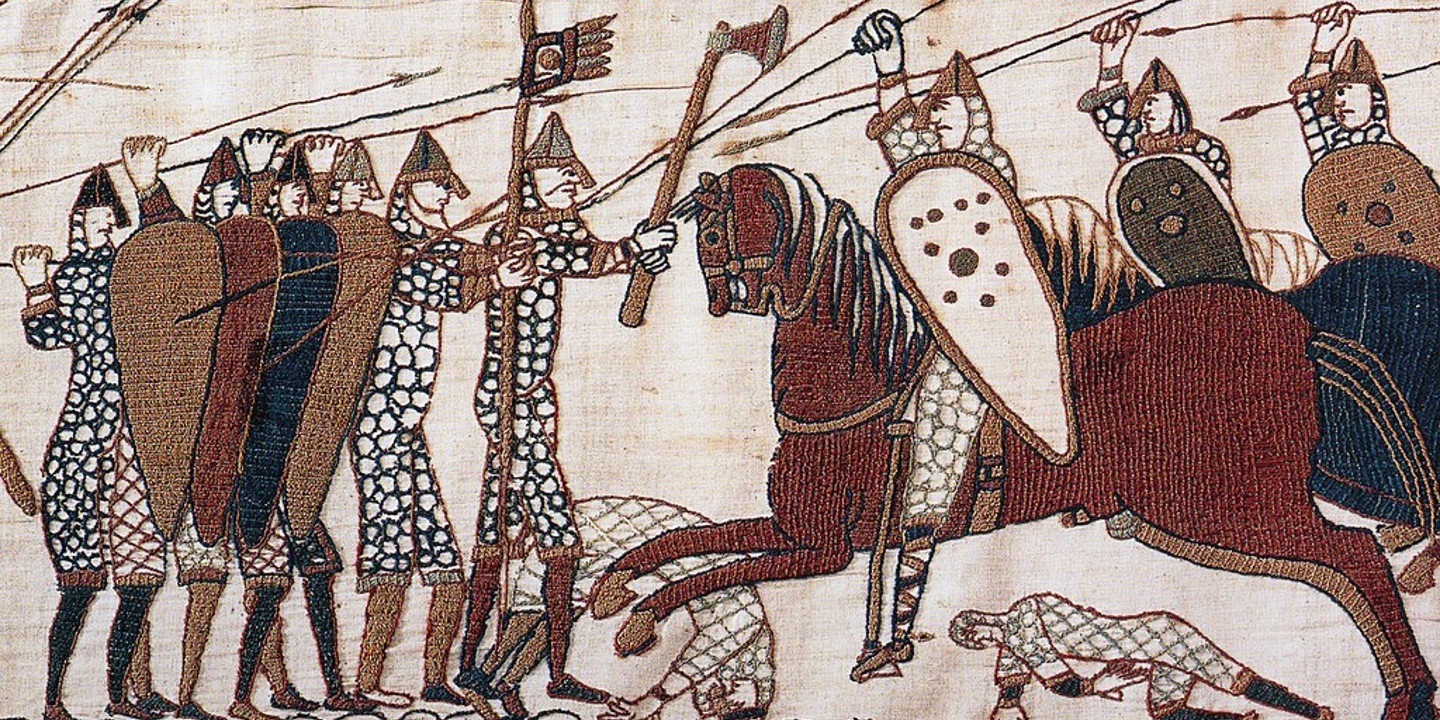
10 of the Shortest Wars in History & 10 of…
Wars: Longest and Shortest. Throughout history, wars have varied dramatically…
By Emilie Richardson-Dupuis Oct 7, 2024
10 Fascinating Facts About Ancient Greece You Can Appreciate &…
Once Upon A Time Lived Some Ancient Weirdos.... Greece is…
By Megan Wickens Oct 7, 2024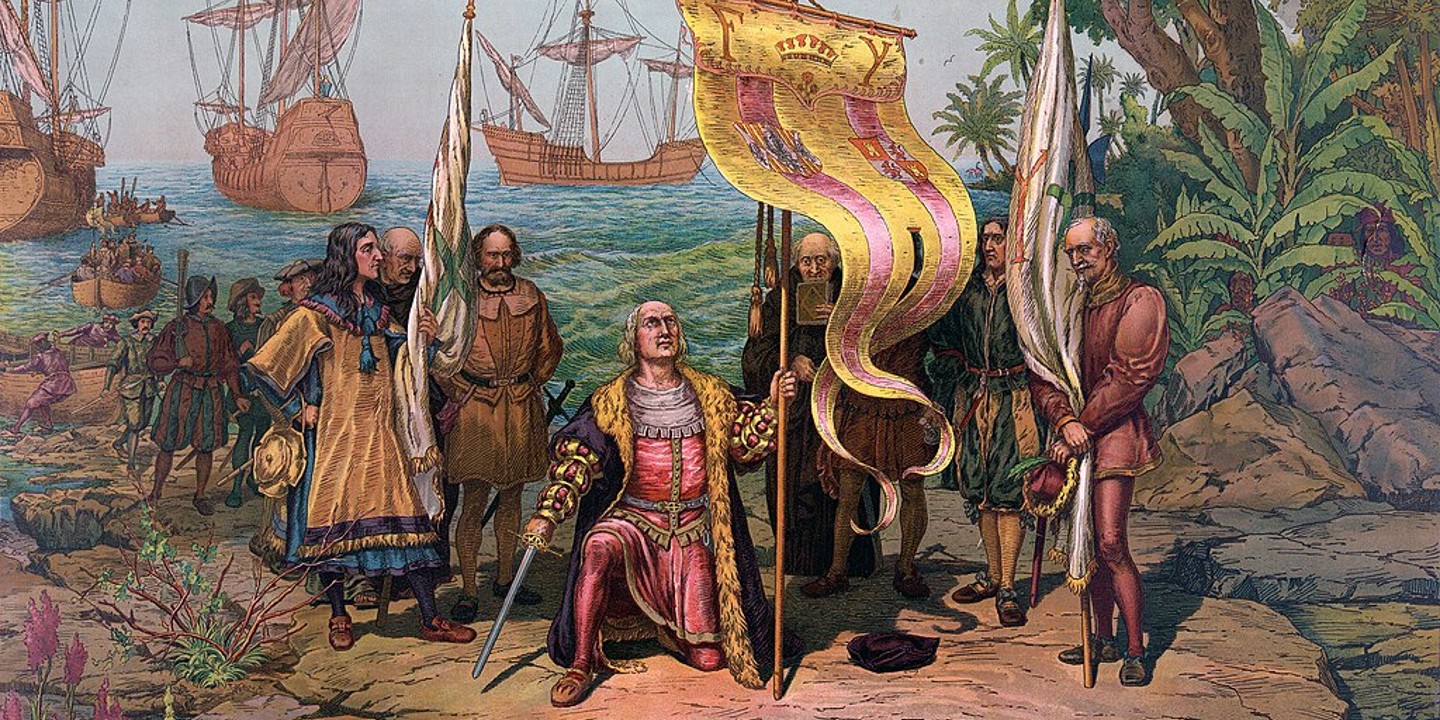
20 Lesser-Known Facts About Christopher Columbus You Don't Learn In…
In 1492, He Sailed The Ocean Blue. Christopher Columbus is…
By Emilie Richardson-Dupuis Oct 9, 2024
20 Historical Landmarks That Have The Craziest Conspiracy Theories
Unsolved Mysteries Of Ancient Places . When there's not enough evidence…
By Megan Wickens Oct 9, 2024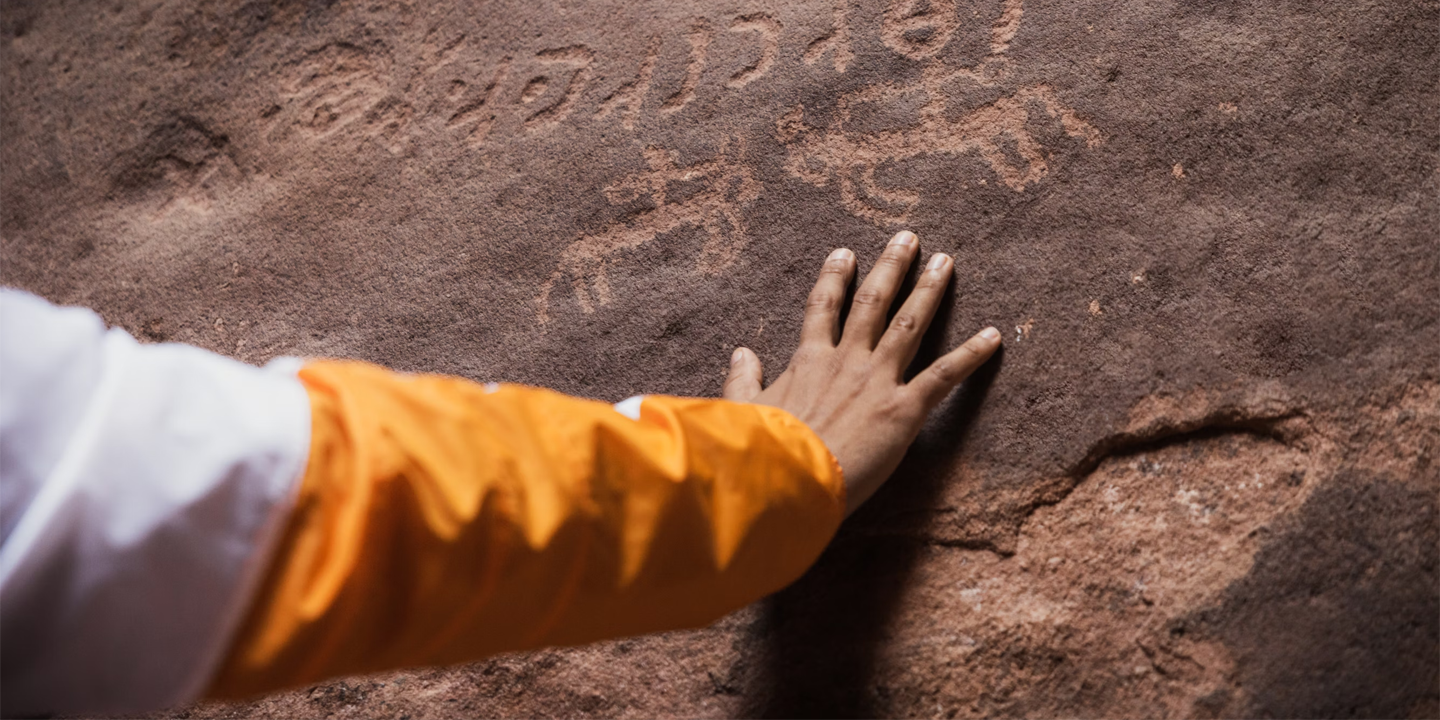
The 20 Craziest Inventions & Discoveries Made During Ancient Times
Crazy Ancient Inventions . While we're busy making big advancements in…
By Cathy Liu Oct 9, 2024

